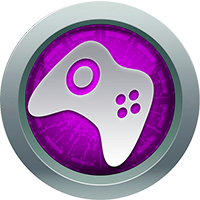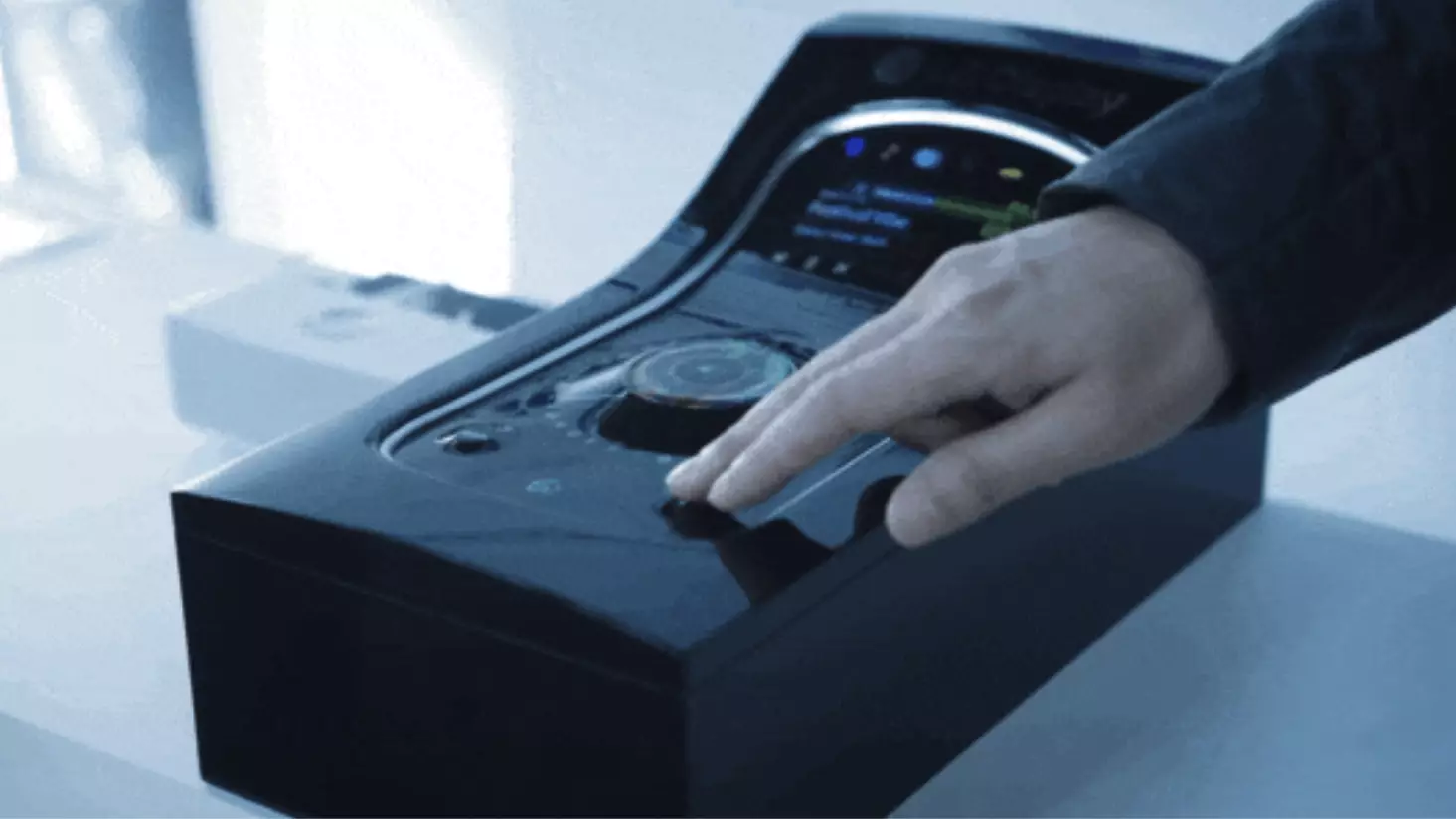The world of display technology is undergoing an extraordinary transformation. As technology evolves, the boundaries of what is possible are continuously pushed, and now we stand on the cusp of a groundbreaking innovation: stretchable OLED displays. Leading the charge in this exciting frontier is LG, heralding a new wave in automotive design that integrates screens directly into the interior of vehicles. This shift offers a thrilling glimpse into the future where traditional interfaces, cluttered with buttons and knobs, may soon be replaced by seamless, adaptive displays that enhance user experience.
LG’s stretchable OLED panel is not just a novel concept; it represents a significant leap forward in interaction design. Capable of extending up to 50% while retaining a remarkable pixel density, this technology aims to blend the functionality of physical controls with the versatility of digital interfaces. This perfect marriage of tactile and visual elements could alleviate many concerns surrounding modern driving challenges, specifically the safety implications of excessive touchscreen use. In doing so, LG opens the door to a more intuitive driving experience that is both modern and user-friendly.
Addressing the User Experience Crisis in Car Interfaces
As automotive technology has advanced rapidly, the integration of touchscreens has often ignited a fierce debate regarding usability. Many car manufacturers have leaped headfirst into sleek designs dominated entirely by digital displays, often at the expense of practical controls. Critics argue that drivers are forced to divert their attention from the road to navigate these often complicated interfaces, which can compromise safety. Introducing a stretchable display could solve these pressing issues by offering a hybrid approach that adapts to the user’s needs on-the-fly.
When users interact with the screen, its ability to flex and provide tactile feedback creates an innovative solution to this pervasive problem. Imagine a scenario where critical functions, such as climate control or navigation, can be instantly transformed into physical buttons that extend from the screen itself. This tactile response would allow drivers to interact with their vehicles without sacrificing their focus on the road. Essentially, LG’s innovation shines a light on how modern technology can evolve to prioritize the safety and comfort of users.
Beyond the Automotive Realm: Broader Applications of Stretchable Screens
While LG’s stretchable OLED panel is initially designed for automotive applications, the implications of this technology extend far beyond cars. This innovation may signify a paradigm shift across various sectors, from consumer electronics to gaming and even healthcare. Consider the potential for stretchable screens to create customizable interfaces in smart home devices. Imagine surfaces that dynamically alter their functions, adapting to the needs of users in real-time, enhancing convenience and interactivity in daily life.
Moreover, the gaming industry stands to benefit immensely from this emerging technology. Concepts for immersive environments—like gaming consoles and VR experiences—could incorporate stretchable displays to create enhanced real-time feedback. Picture a console interface morphing to reflect the user’s actions or a virtual control panel that enables players to engage more fully with the game’s environment. The prospect of immersion coupled with the adaptability of stretchable screens inspires limitless creativity in interactive design.
The Challenges Ahead: Overcoming Limitations and Paving the Way
Despite the thrilling potential of stretchable OLED displays, several challenges lie ahead. Achieving durability, optimizing production costs, and ensuring reliable performance over time are critical hurdles that need to be addressed before these screens can become mainstream. Furthermore, as developers explore new applications, thoughtful consideration must be given to user ergonomics and navigation ease. Innovating thoughtfully will be essential to avoid adding complexity rather than reducing it.
In a world increasingly driven by digital interaction, LG’s stretchable display technology offers a powerful vision of what the future of user interfaces can be. The integration of tactile elements into screens promises to create a more fluid interaction, allowing users to engage with technology in ways that feel natural and intuitive. The potential applications of this innovation are vast, and we are merely beginning to scratch the surface of what it can achieve. As we forge ahead, it is imperative for creators across industries to seize the opportunities presented by this technology and craft experiences that genuinely resonate with users on every level.


Leave a Reply